the human body explained in 10 minutes
the human body's building blocks

Cells
Cells are the basic units of life, the basic building blocks, in the human body
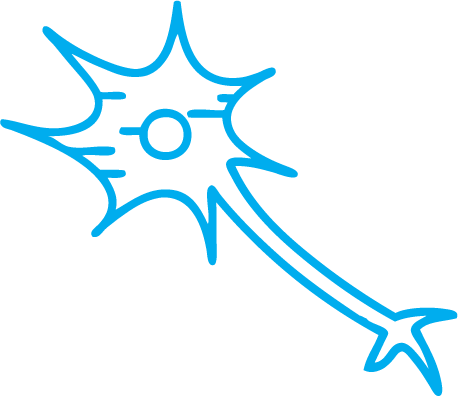
Tissue
Tissue refers togroup of cells that act with specialized function e.g nervous tissue, muscle tissue. Not all tissue is made of cells. Bones & connective tissue are examples of noncellular tisue.
-
Organs
Organs are a structured collection of cells with particular functions e.g. heart, liver

Systems
Systems are a collection of cells, tissues, and organs grouped together by their primary function(s).
Musculoskeletal System
Gives the body ability to move using muscular and skeletal systems.
Functions:
This system provides form, support, stability, movement for the body and protection of the vital organs. The skeletal system serves as the main storage for calcium and phosphorus..
Main Organs:
Tendons, Joints, Ligaments, Bursae, Muscles, Cartilage and Skeleton
Central Nervous System
Has two main functions; Somatic functions (voluntary/controlled directly, like blinking of the eyelids) and Autonomic functions (involuntary/not controlled directly, such as the beating of the heart).
Functions:
- Reception of general sensory information (touch, pressure, temperature, pain, vibration)
- Receiving and perceiving special sensations (taste, smell, vision, sounds)
- Integration and processing of sensory information from different parts of the body
- Generate responses.
Main Organs:
- The Brain - body's central command that monitors all conscious and unconscious processes of the body.
- Spinal Cord - relays all impulses, information and sensations from the body (internal and external) to the brain
- Nervous systems - 4 systems that carry information and sensations from the body to the central nervous system (Enteric Nervous System (gastrointestinal system), Sensory system (vision, hearing, touch, taste and smell), Autonomic system (involuntary body functions -breathing, heartbeat, blood flow, digestion)
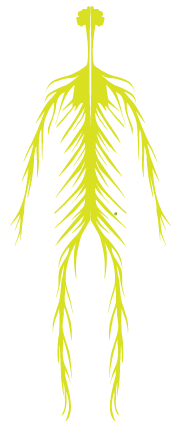
Lymphatic System
It is part of the circulatory system which comprises a network of lymphatic vessels that transport lymph, a clear fluid, directionally toward the heart.
Functions:
It is an open system that provides an accessory return route to blood for interstatial fluid. Interstatial fluid comprises excess fluid left over after the circulatory system removes plasma from blood cells.
Main Organs:
Lymphoid tissue (Thymus, Spleen, Lymph vessels, Lymph nodes
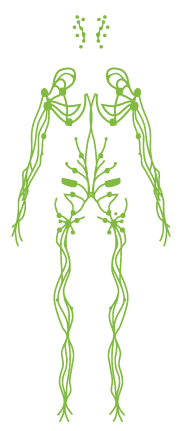
Circulatory System
Circulatory System consists of the cardiovascular system which distributes blood and the lymphatic system which circulates lymph.
Functions:
Tcirculates and transports nutrients, oxygen, carbon dioxide, hormones and blood cells to and from the cells in the body
Main Organs:
heart, lungs, capillaries, arteries veins, coronary vessels, portal veins
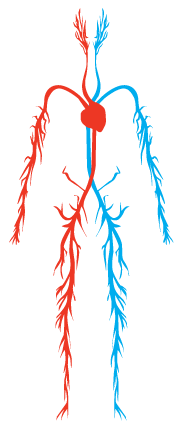
Digestive System
Consists of the gastrointestinal tract and accessory organs of digestions
Functions:
Circulates and transports nutrients, oxygen, carbon dioxide, hormones and blood cells to and from the cells in the body
Main Organs:
Mouth, Salivary glands, Esophagus, Stomach, Liver, Gallbladder, Pancreas, Small Intestines, Large Intestines
Endocrine System
A group of organs that secrete hormones directly into the circulatory system for transportation to distant organs
Functions:
An information signaling system that uses biochemical processes as triggers and the circulatory system as transport to regulate distant tissues and organs in the body
Main Organs:
Pineal gland, pituitary gland, pancreas, ovaries, testes, thyroid gland, parathyroid gland, and adrenal glands.
Renal System
Also known as the urinary system, this is one of the primary waste management systems of the human body.
Functions:
this system eliminates wastes from the body, regulates blood volume and pressure, controls electrolyte and metabolite levels, and also regulates blood pH. Key function includes blood filtration to extract and expand wastes in the form of urine.
Main Organs:
kidneys, ureters, bladder, urethra
Respiratory System
Also known as the urinary system, this is one of the primary waste management systems of the human body.
Functions:
Move air, Produce sounds, Gas exchange, Protection (from pollen, dust, airborne pathogens), Regulate body pH, Olfactory functions (sense of smell), Regulate blood volume and pressure
Main Organs:
Mouth and nose, Sinuses,Pharynx (throat), trachea (connects throat with lungs), bronchial tubes (connect windpipe to lungs), lungs
Reproductive System
The major function of the reproductive system is to ensure survival of the species.
Functions:
The male reproductive system produces, nourishes, protects and transports sperm, in addition producing hormones (testosterone) that are essential to the proper function of the male reproductive system
Organs: penis, scrotum and testicles.
The femal reproductive system produces ova/oocytes (female egg cells), transports ova to fertilization sites and protects and nourishes fertilized eggs, in addition to producing female sex hormones (progesterone).
Organs: labia majora, labia minora, clitoris and Bartholin’s glands

Integumentary System
Consists of the skin and accessory structures.
Functions:
- Protecting the body from microorganisms, chemicals, etc
- Preventing dehydration
- Acting as a sensory organ
- Modulating body temperature
- Electrolyte balance
Organs: skin, nails and hair.

